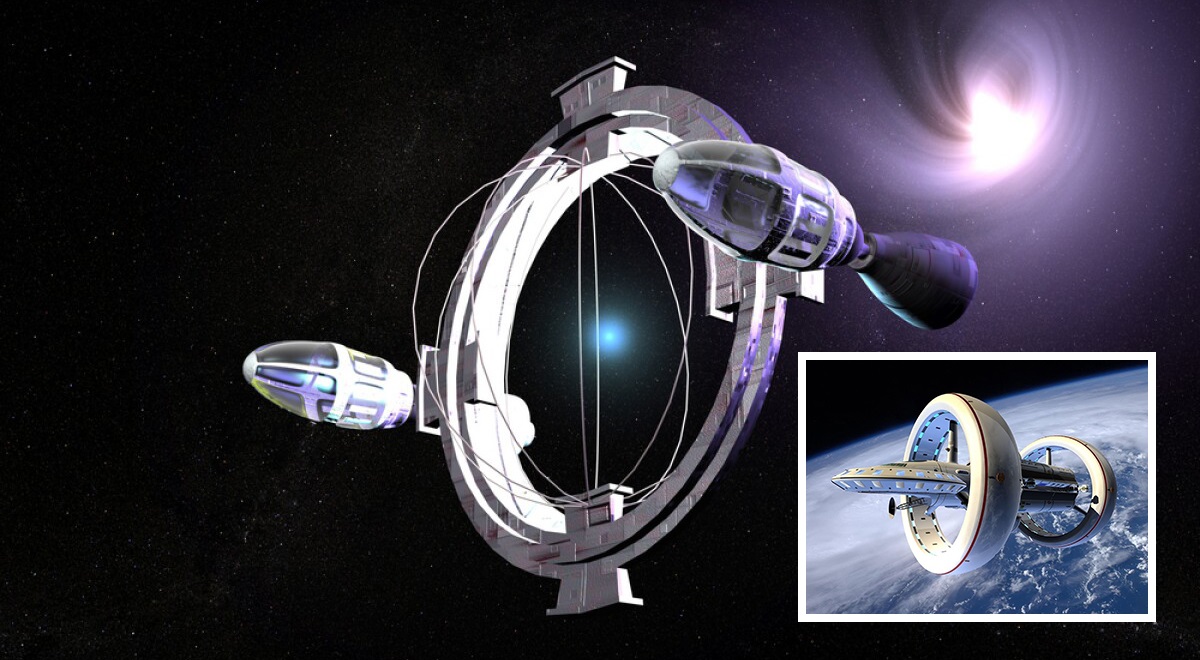In our everyday lives, we may take light for granted, yet for decades, the idea of measuring its attributes and overcoming its obstacles has piqued our interest. First discovered in 1676 by Danish astronomer Ole Roemer; scientists had previously considered the speed of light was either impossible to measure or unlimited.
Light travels at a speed of 299,792 kilometers per second, which can now be readily found on the internet thanks to the work of other scientists. In 1916, Albert Einstein published his renowned theory of general relativity, in which he said, among other things, that no known object can move faster than the speed of light.
This was a significant moment in history. Attempting to break through that barrier has captivated us ever since, inspiring innumerable creative minds to try their hand at it.
Authors of sci-fi have explored the possibility of traveling faster than light for decades in order to satisfy the human desire to explore new planets, meet aliens, and build galactic communities.
Hyperdrives produce areas of space where the laws of physics do not apply, as have Einstein–Rosen bridges (or wormholes), which would enable travel over enormous swaths of space, and jump drives powered by fictitious elements.
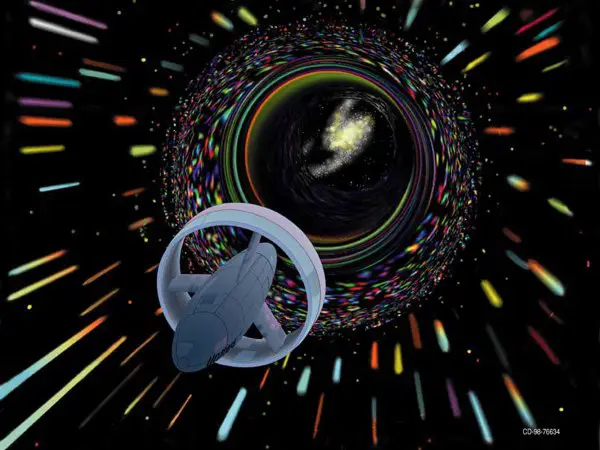
Warp drive, a known idea to sci-fi fans like me, utilize massive quantities of energy to physically change the space surrounding a ship in order to accelerate it. It may seem as simple as shouting “Engage” on the Enterprise’s bridge to activate the warp drive, but there has been a lot of effort that has gone into making this notion a reality.
Many scientists are investigating how humans may achieve faster-than-light (FTL) speeds, and the warp drive hypothesis merits serious study. For a while now, two articles in the area of warp theory have been making waves: Alexey Bobrick and Gianni Martire’s work and Erik Lentz’s study.
I went out to Dr. Ethan Siegel, author of Treknology: The Science of Star Trek from Tricorders to Warp Drive, to help me understand the mechanics of warp drive a little better.
Dr. Siegel is both a Star Trek enthusiast and an astronomer, so he has kept up with the latest developments in FTL travel research. His knowledge of basic concepts, including general relativity, Einstein–Rosen Bridges, and black holes, as well as the more recent works such as Miguel Alcubierre’s theories on warp drive and follow-up research involving negative mass and energy, is unsurprising. He is also well versed in these latest papers. As you may imagine, there is a lot to cover.
It is almost impossible to have a conversation on FTL travel without mentioning Alcubierre, who is regarded as a pioneer in the field of warp drive development. In accordance with Einstein’s theory of relativity, this Mexican theoretical scientist initially developed the Alcubierre drive, a concept for a faster-than-light propulsion system.
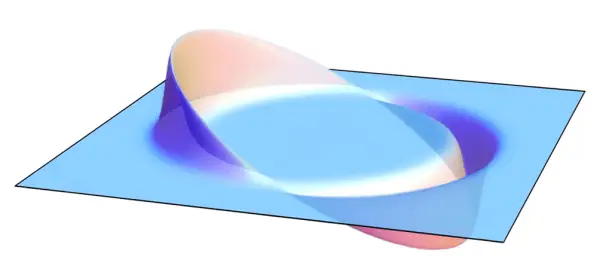
To put it another way, the drive would cause spacetime to expand behind an item while shrinking space in front of it, thereby creating a wave in the fabric of spacetime. A “warp bubble” would protect whatever was trapped within, allowing it to travel at incredible speeds on the wave. However, how plausible is such a scenario?
According to Einstein, space is very difficult to curve, which is a major flaw in Alcubierre’s original answer and our desire to fold or bend space in this manner. Dr. Siegel adds, “It demands vast quantities of mass in extremely compact volumes.” Since then, the concept of negative energy or negative mass has been introduced.”
For negative energy, he suggests imagining a charging station with both positive and negative charges. When it comes to electromagnetism, the same charges repel each other, whereas the opposite charges attract.
It is difficult to imagine what would happen if you had negative mass instead of the only charge we are familiar with in gravity: positive mass.
In order to imagine negative mass, I prefer to conceive of it as if we filled all of the space evenly with the matter. There is matter everywhere, whether it be a liquid, dust, or anything else. For one thing, we are going to increase the quantity of matter in a certain area, while removing it from another area.
If you take matter from one part of space and move it to another, as Dr. Siegel says, you would end up with a dense area with excess mass and a less dense region with negative mass.
As a result, the gravity of the second zone would draw more matter toward it, while the gravity of the first region would cause all the matter in its vicinity to move in the opposite way. An item (such as a spacecraft) passing through the underdense zone would be pushed into the overdense region by a field while mass moved in the other direction (warp bubble).
Negative mass does not exist as far as we know, as Dr. Siegel pointed out. A warp drive or Alcubierre drive would need an enormous quantity of energy, even if it were possible to manufacture or find it in some way.
Some of the most recent studies may be found here. Bobrick and Martire’s and Lentz’s papers on warp theory aim to break through some of the hurdles that have stymied the theory for years by developing warp drive ideas that do not fundamentally depend on negative energy or mass.
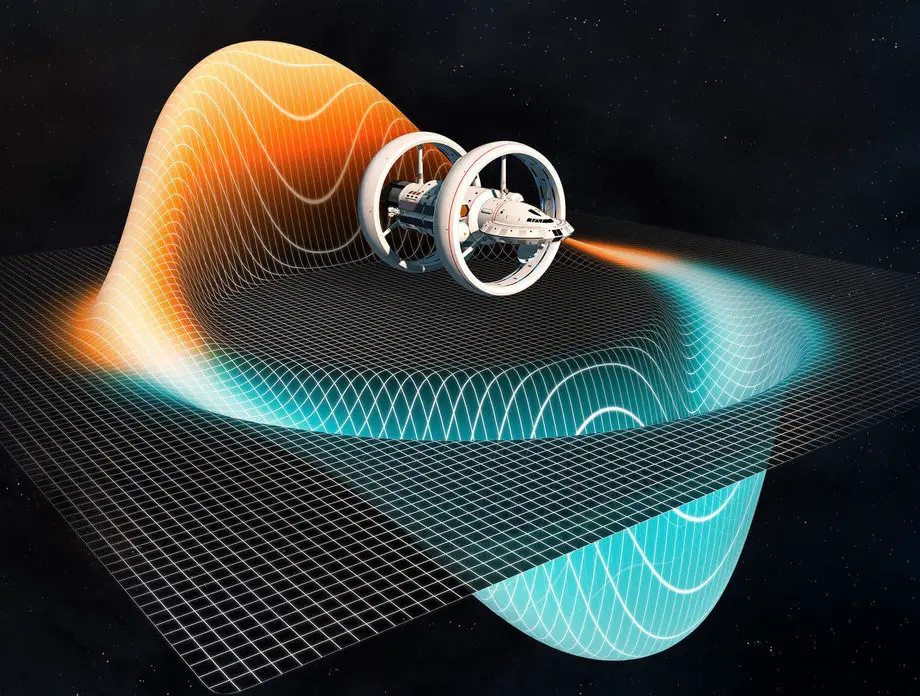
There was a lot of energy being discussed before, and Dr. Siegel argues that if we can find a method to bring it down, it will make exploration more feasible. You do not have to achieve these unfathomable energies in order to repeat this experience, according to this new study.”
Not to mention the possibility that you might not need this first negative energy. This negative energy might be replaced by some creative arrangement or workaround in which regular matter or energy behaves as if it were this negative energy.
Alcubierre’s model has been tweaked in these new publications in order to make it more realistic. Traditional matter, rather than negative energy, may be used to power a speculative drive proposed by Bobrick and Martire in the journal Classical and Quantum Gravity.
There is a catch, though: a vehicle traveling at this rate would only be able to attain extraordinarily rapid subluminal speeds rather than exceeding light speed. Classical and Quantum Gravity also published Lentz’s study, which proposes a speculative hyperfast particle known as a soliton in place of negative matter.
A warp drive is still a long way off, but the field is alive and thriving with new concepts and research. Even if this technology is not just around the corner, we are getting closer and closer to realizing our wildest dreams with each passing day.
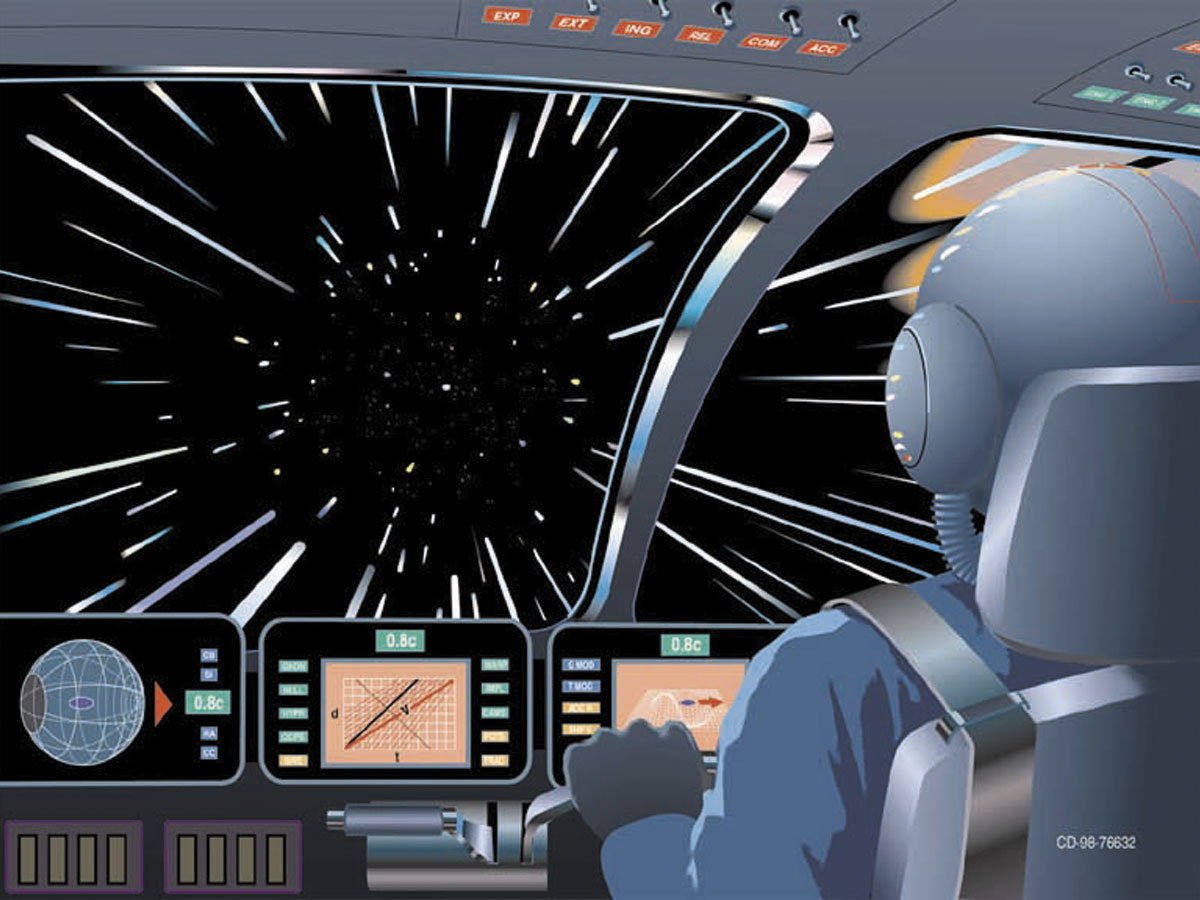
DARPA researchers accidentally create “Warp Bubble”
A warp drive engine may have been found by accident at NASA’s Johnson Space Center thanks to a Defense Advanced Research Projects Agency-funded research study. It was announced in a paper that was published in July by the researchers.
Researchers at NASA’s Eagleworks Laboratory in Houston, Texas, released a study in July describing the “possible structure of the energy density existing in a CaSimir cavity.”
There was “a micro/nano-scale structure…that predicts negative energy density distribution that closely fits the Alcubierre metric,” according to an Eagleworks analysis.
White and his colleagues stumbled onto a minuscule experiment while studying how energy is distributed throughout wavelengths, according to a notion put forward by the Dutch physicist Hendrik Casimir. Mexico’s mathematician and scientist Miguel Alcubierre proposed the “warp speed” notion, which was validated by the experiment by generating enough theoretical energy.
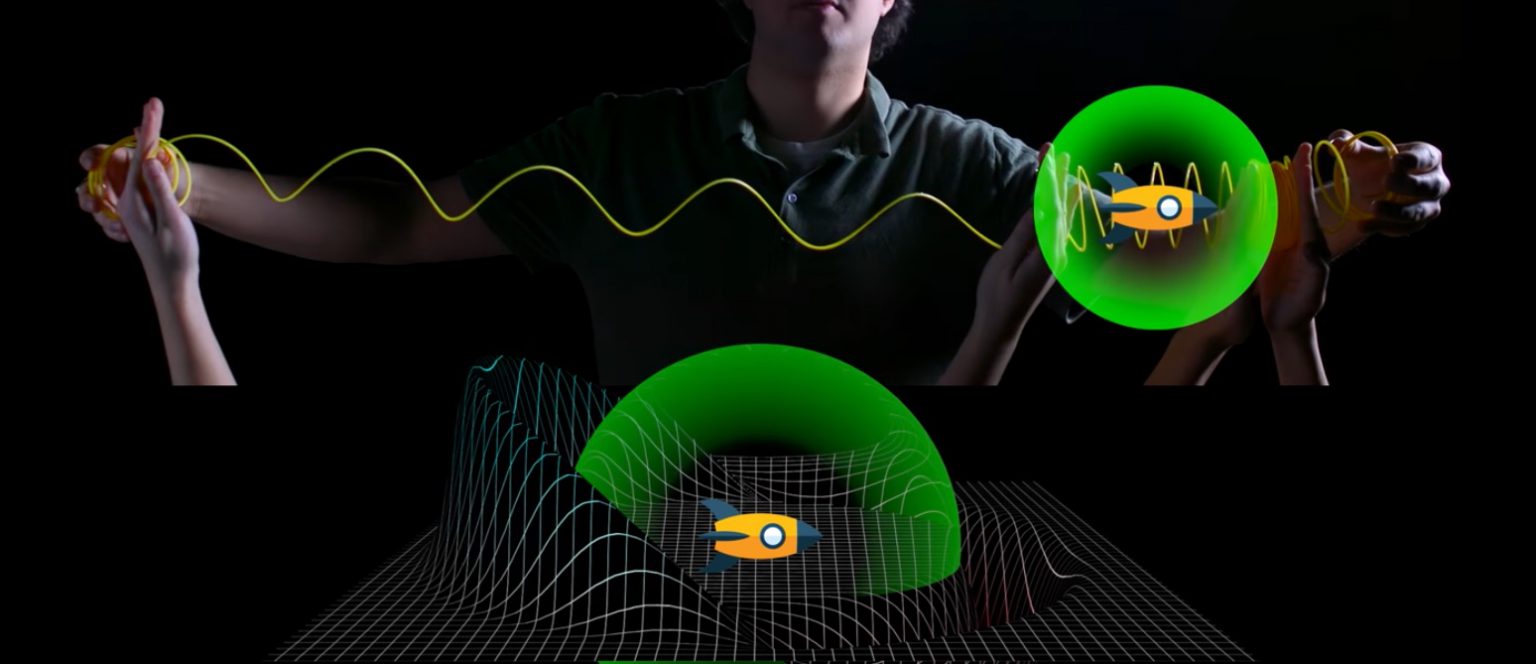
It was not until Alcubierre published his theories on “warping” interplanetary space in 1994 that the physics world took notice. He claimed that manipulating the fabric of space will allow us to travel faster than light.
Alcubierre suggested that it may be able to reduce the distance between planets and stars by expanding the space behind a spacecraft and contracting the area in front of it. When it comes to visualising the notion, it was likened to the analogy of an ocean surfer catching a wave.
Even though Alcubierre’s arithmetic was judged to be good, there were still several unanswered questions. Some of the theoretical energy needs have yet to be identified or discovered. Research financed by DARPA and published by White and his colleagues reveals that the energy needs would be far less than previously thought.
If their findings are right, White’s team may have uncovered the first warp drive ever built by humans. The energy released by a spaceship capable of bending space fabric would be sufficient to tear planets apart even if scientists had all the elements required for the so-called Alcubierre Drive.
White told The Debrief, a science and technology journal, earlier this week: “To my knowledge, this is the first work in the peer-reviewed literature that offers a realisable nano-structure that is anticipated to manifest a real, if small, warp bubble.”
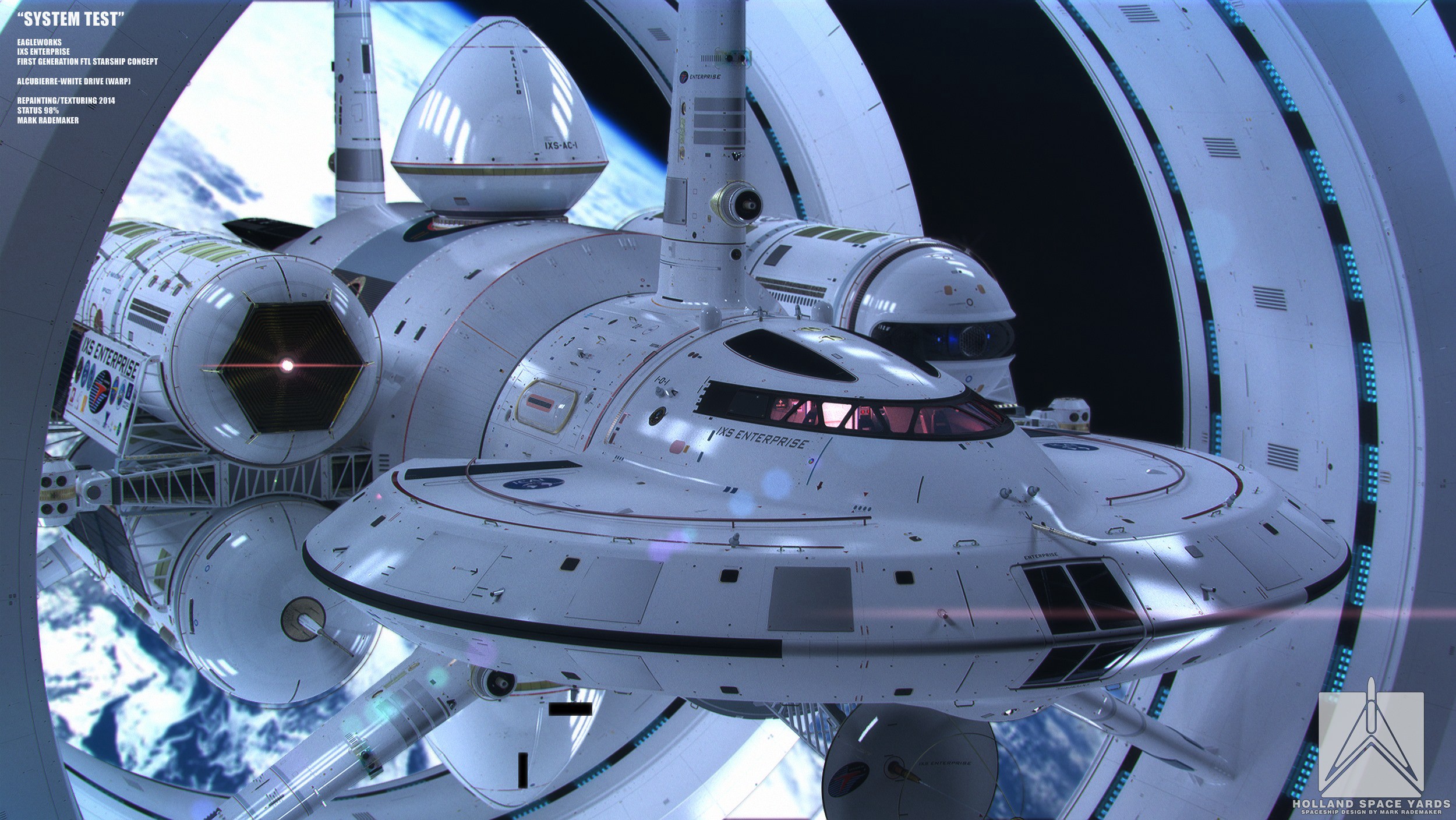
Smaller models might help White and his colleagues better comprehend the possibilities of a possible warp drive, thus they aim to perform further research in this area The Eagleworks Laboratory could be able to help us go from science fiction to the realm of reality someday.
Constructing an Alcubierre Warp Drive
We have all seen them before in the finest science fiction stories: spacecraft with warp motors that allow the protagonists to travel to other worlds and new cosmos. If general relativity has taught us anything, it is that nothing can move faster than the speed of light, as would be the case with these ships. Right? Since light has no mass, it may travel at a speed of 299,792,458 meters per second, as is often believed.
That is correct. It is impossible for anything to go faster than that universal limit. However, a warp drive may still be built without violating any known laws of physics.
General relativity would not be disturbed by a practical warp engine invented in 1994 by Mexico’s Miguel Alcubierre, who laid the mathematical and physical groundwork for it in a study published in the journal Physical Review Letters. Because he had seen it employed in science fiction tales, he got fascinated by interplanetary travel in general.
Because of this, the fabric of spacetime surrounding a spacecraft is constantly expanding and shrinking as it travels through a warp field. The ship never accelerates or moves; rather, it is the fabric around it that propels it onward. As an illustration, imagine standing on a conveyor line where you do not have to move your feet.
Rather, the belt’s cloth acts as a propellant, driving you forward. Spacetime contraction in front of the ship will draw it toward that point, while expansion behind it will keep the ship moving ahead in the same direction. If spacetime can be twisted, then it can be altered in various ways, as Einstein demonstrated.
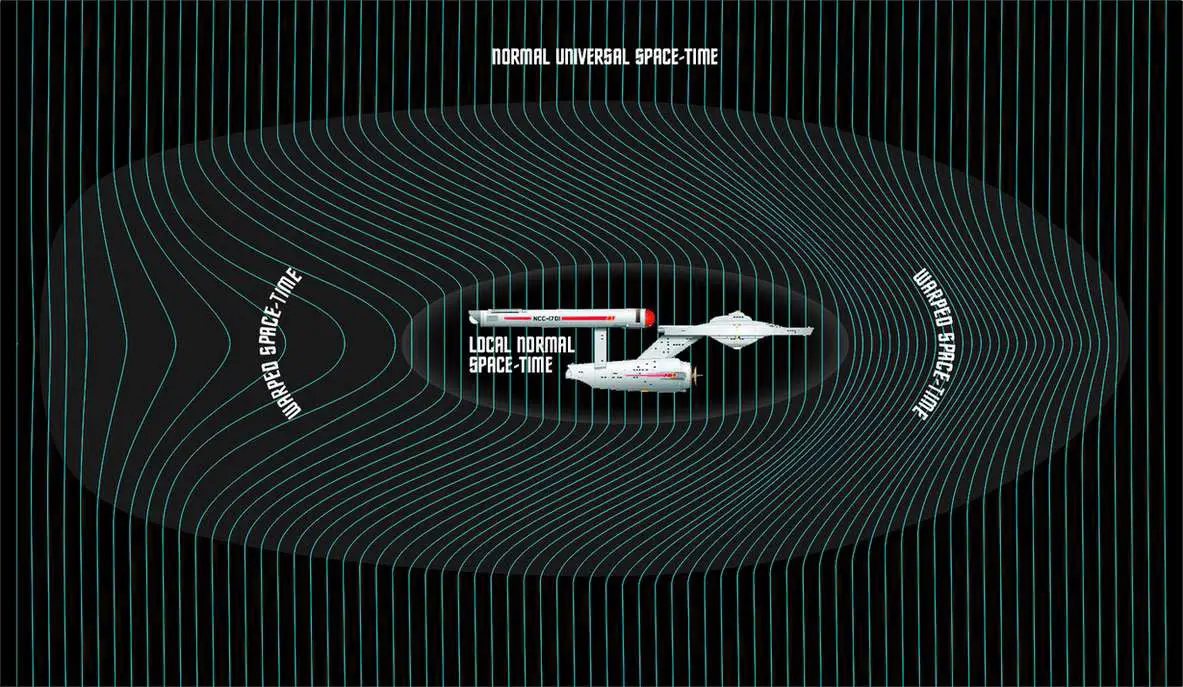
General relativity teaches us that nothing in space can go faster than the speed of light, but there is no speed restriction on how quickly space itself can shrink or expand, which is why this spacecraft might go faster than the speed of light. When we move anything in space, we are really shifting the very fabric of space itself.
Despite its high hopes and outstanding accomplishments, Alcubierre’s work was flawed. We would need more negative energy to power such a spaceship than there is in the whole universe according to his initial theory in his article. The expansion of space is caused by this negative energy. Negative energy is elusive, and many scientists dispute its existence, much less believing that humans can produce huge quantities of it.
We have only seen a sliver of what may be negative energy. What seems to be a dark, empty space is in fact not. The zero-point energy is a density of energy in nothingness. Empty space is filled with energy particles that appear and disappear at will, according to quantum physics. We will have negative energy if we can stop these particles from forming.
To achieve this in the lab, scientists have attempted pressing two metal plates (which are so flat and smooth that they are virtually atomically smooth) together as closely as human hair. Because the volume is so tiny, no particles could exist there, increasing the force between the plates and leaving a trace of negative energy. This behavior has only been seen in a tiny sample size, which is insufficient to draw conclusions.
Alcubierre’s original theory was that we would need a lot more negative energy in the future if we could find out how to generate more of it. The amount of energy required for the warp drive was drastically reduced by NASA scientists after they revised his paper, oscillating parts of the craft at high frequencies, making it easier to move through spacetime, and reducing the amount of energy needed.
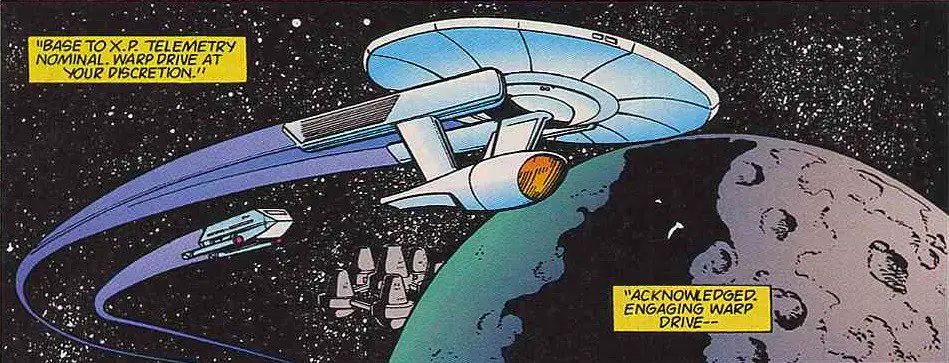
We would need between 65 exajoules and a few negative and positive solar masses of negative and positive energy, according to current theories. The US consumes around 65 exajoules of energy per year. Still, a long way to go, but it is definitely a step in the right direction. The mass of Jupiter would be sufficient if we could harness dark energy.
There is only one problem: we do not know nearly enough about dark energy to draw any firm conclusions. It could be exactly what we are looking for.
Conventional rockets, on the other hand, would need hundreds of thousands of years and a fuel tank the size of the universe to attempt interstellar travel. Not to mention the difficulty of locating a substance capable of withstanding such a lengthy journey.
The closest exoplanet to us, Alpha Centauri Bb, is approximately four light-years distant, yet some spacecraft simulations show it traveling at 10 times the speed of light. A return voyage from Alpha Centauri Bb is much less feasible since our fastest vessel can travel at 20,000 mph, which would take us 142,000 years to get there. At 20,000 miles per hour, you are moving at a speed that is 0.00003 of the speed of light.
It is feasible that warp engines might allow us to travel into higher dimensions, allowing us to not just study our own realm, but the multiverse as well. Even if warp drives could only travel at a theoretical maximum speed, we would still be able to travel to a new galaxy in a fraction of a second.
As a bonus, the ship could accelerate and decelerate without causing time dilation for passengers. To put it another way, if you were to arrive at your destination and discover that everyone you knew back on Earth had already passed away, you would not be surprised.
As well as finding a source of energy, there are also concerns about particles that may be blasted during deceleration and wipe out whole planets. In reality, if the ship begins moving, there may be no way to slow it down, and the crew might be killed for a variety of reasons. Warp drives are theoretically possible, but thus far all the math and experimentation shows that they are possible.
Even if we are able to develop the technology, it will be centuries before it is put to good use in the world. Even if warp drives ever exist, they will not be as simple to get as wormholes.
NASA, on the other hand, plans to build an interstellar vessel by the year 2100, so we will not have to wait hundreds of years to begin exploring the furthest reaches of space.

